Do you ever find yourself on the awful drive from Aberdeen to the central belt, dealing with twisty turns, dangerous drivers and perpetual roadworks, and thinking to yourself: “Urgh, I sure wish I was on a relaxing train journey right now”?
Not me.
Because even though the train offers a stress-free alternative, I’d probably be down about £42.
And that’s quite the price for a clean, green conscience.
We’re encouraged by the government to leave the car at home and swap to public transport in order to reduce our carbon footprint.
That’s not without reason.
Transportation is Scotland’s biggest contributor to climate change, as it emits more than a quarter of our greenhouse gas emissions.
And cars account for 38% of all transport emissions — the largest share.
Now, I love the environment and cutting down my own carbon footprint wherever I can in my personal life.
So why aren’t more eco-minded folk like me ditching our cars and travelling Scotland by bus or train?
The answer, for me based in Aberdeen anyway, is that when it comes to reliability, efficiency and affordability, the car is still king.
I wish it wasn’t the case, but in my experience it sadly is.
And there’s no better example of this for me than the journey between the north-east and Glasgow.
A return train journey for a gig in Glasgow? More than £52 a person… compared to £10 each by car
My friends and I go down to see gigs in Glasgow. A lot.
This is because most bands on UK tours seem to think the country suddenly falls into the North Sea once you go past Falkirk.
So, every other month we pile into a car, usually about four of us, and head down the A90.
It usually takes around two and a half hours max, each way.
And by parking the car in our favourite dubiously-free-of-charge spot, the total cost of travel there and back is usually about £10 each for petrol.
If we were to take the train down however, this cost increases dramatically.
The American punk band Gogol Bordello are playing at the SWG3 venue in Glasgow on Thursday May 25, and it’s another gig we’re looking to head south to attend.
Out of curiosity, I checked www.thetrainline.com on Wednesday to see how the cost of a train would compare to us just splitting a petrol tank between the four of us.
You would think that booking just shy of a month in advance would net us a pretty good deal.
Yet, the cheapest return tickets I could find for May 25 and coming back the day after were a whopping £52.70 per person.
And because these were the cheapest, they’re at pretty rubbish times, too.
The trip down would get us just after the doors opening at 7pm.
And the return train the day after would set off from Glasgow Queen Street just after 6pm — although, to be fair, that does give more time for pubs and museums.
And the return leg would take just over three hours.
That’s 30 minutes more than we usually average by car, even with how terrible the A90 is between Dundee to Aberdeen.
But, the Trainline website helpfully tells me I would be producing 70% less carbon than I would be by taking the car — and the website even calculated the estimated CO2 impact to boot.
Hold on, I thought I was trying to book a train trip, not a guilt trip…
But what about the bus?
But of course, the train isn’t the only public transport option.
There’s also Scotland’s network of inter-city coach links.
With services like Megabus and the recently launched Flix Bus, you can travel between the central belt and Aberdeen for a fraction of the cost of a rail ticket.
Flix Bus has recently introduced a new Aberdeen to Edinburgh service, with introductory offers of £2 a ticket.
To get down to Glasgow via Megabus on May 25 and return the next day, with a booking on Wednesday this week, we could spend as little as £22.50 each, with estimated journey times of a little over three hours each way.
But in reality, my friends and I have found the time it takes bus journeys from Aberdeen to the central belt can vary significantly.
When we have taken the bus, we’ve often found ourselves frustrated by how long it takes to navigate through Dundee’s busy road network to get to the city’s bus station.
And we’ve noticed similarly lengthy stays in Perth when the bus stops at the Broxden Park and Ride.
One bus we took down to Glasgow last year took us more than four hours in total because of these holdups — a lot longer than it would have taken if we had just travelled by car.
Many don’t have a choice
Here’s me griping about getting to and from gigs.
I’m lucky enough to both have a car and the money to run it, but many don’t have such an option.
They don’t have the luxury of moaning about how pricey or inefficient bus and rail travel options are between Aberdeen and the central belt.
If they’re going down to see a show, or their mum, or a football match, they simply have no choice but to cough up and pay for a bus or train ticket, and deal with whatever delays come with them, if they do.
The issue of public transport problems from the north-east to the central belt is even worse for those needing to take sudden journeys at the drop of a hat.
Those with cars can just grab their keys and hit the road if there’s an emergency they need to attend to, like a medical problem with a family member.
This simply isn’t a choice for those without personal transport.
With how ticket price systems work, the further away from your departure date you book a train or bus journey, the cheaper it will generally be.
Conversely, this often means tickets purchased close to departure dates are more pricey.
And then of course there’s the prospect of your journey just being flat-out cancelled, as travellers dealing with strike action are painfully aware of.
I’ll keep to the car until public transport is just as efficient, cost-effective and reliable
The battle for the hearts and souls of Scots to get them out of their cars and into public transport will be a long, arduous one for the government.
And one that extends far beyond my complaints about getting to and from gigs in Glasgow.
The drive to drive down driving is one of the factors behind concerns for pushing ahead with A90 and A96 full dualling projects, for example.
We as a country will eventually have to face the fact that car journeys need cutting down, especially given the huge proportion of transport pollution that comes from cars.
It’s why the Scottish Government is committed to reducing car kilometres driven by 20% by 2030, (compared to the 2019 baseline).
This commitment, which is part of the government’s climate change plan, will undoubtedly play a crucial part in lowering Scotland’s greenhouse gas emissions for the sake of future generations.
But I don’t think it’s right for the impact of this commitment to be felt in the wallets of regular folk.
We shouldn’t be expecting people to have to pay more and spend more time travelling by swapping from cars to public transport when all they’re trying to do is just get about our country.
Particularly given the cost of living.
Nobody should feel demonised for driving a greenhouse gas-belching car in Scotland, until the more eco-friendly public transport options of bus and trains are just as reliable, cost-effective and time-efficient.
There have been movements towards making this public transport utopia a reality, it should be noted.
Like our new First Minister Humza Yousaf’s recent announcement of a six-month trial to scrap peak rail fares on Scot Rail services.
But until we reach this utopia, and my friends and I can spend £10 a head and get to a Glaswegian gig and back in a timely manner by bus or train, I’ll be sticking to my car.
Even if that means foregoing pints as the designated driver.
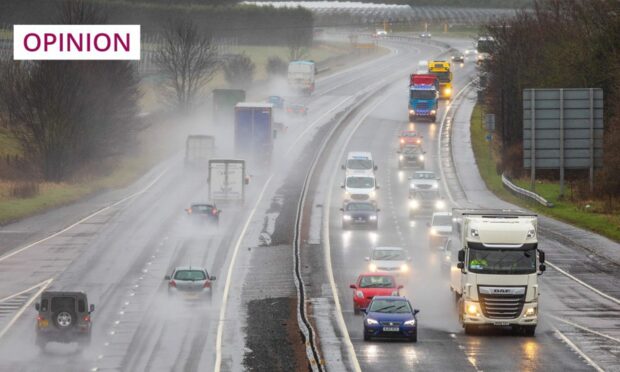
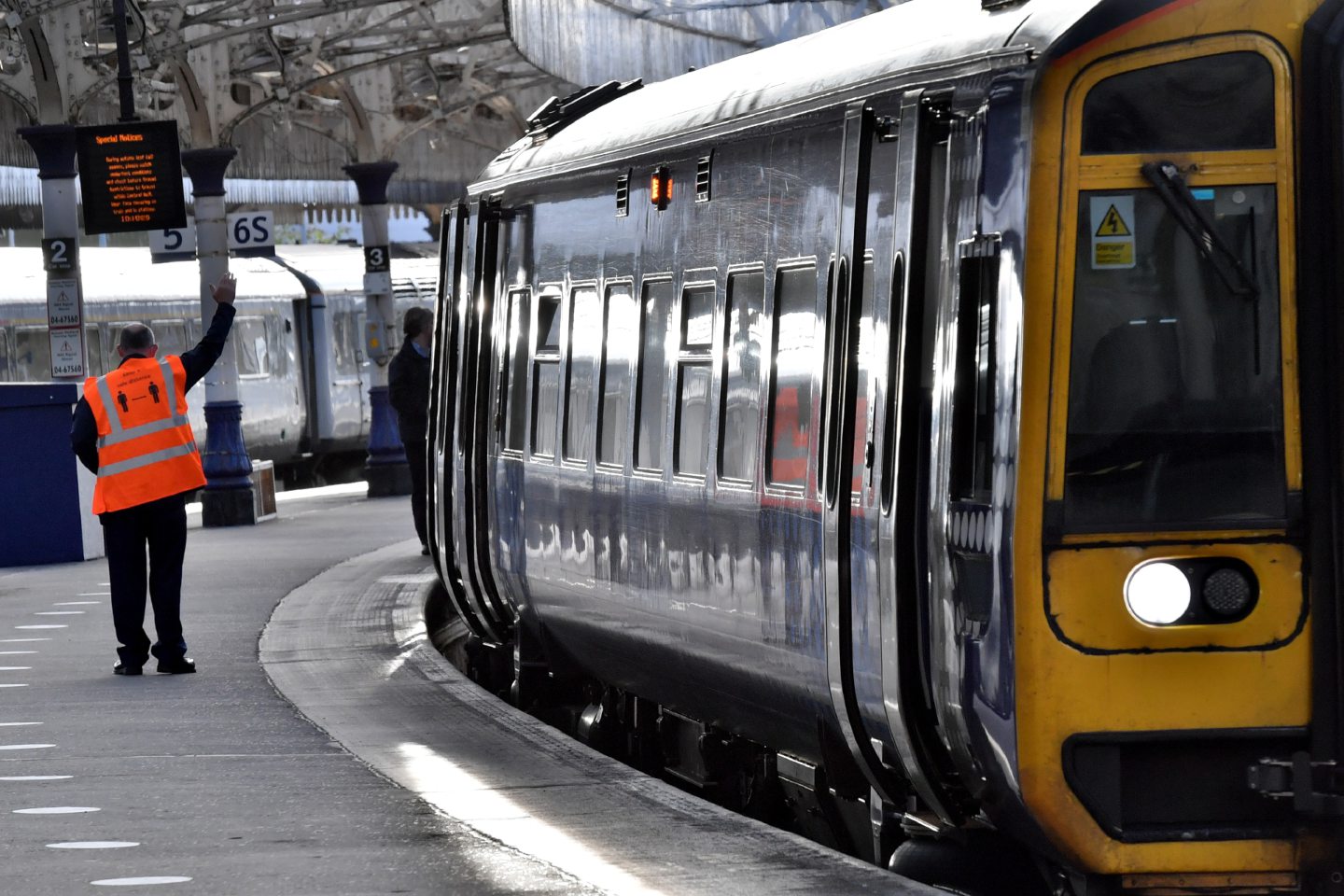
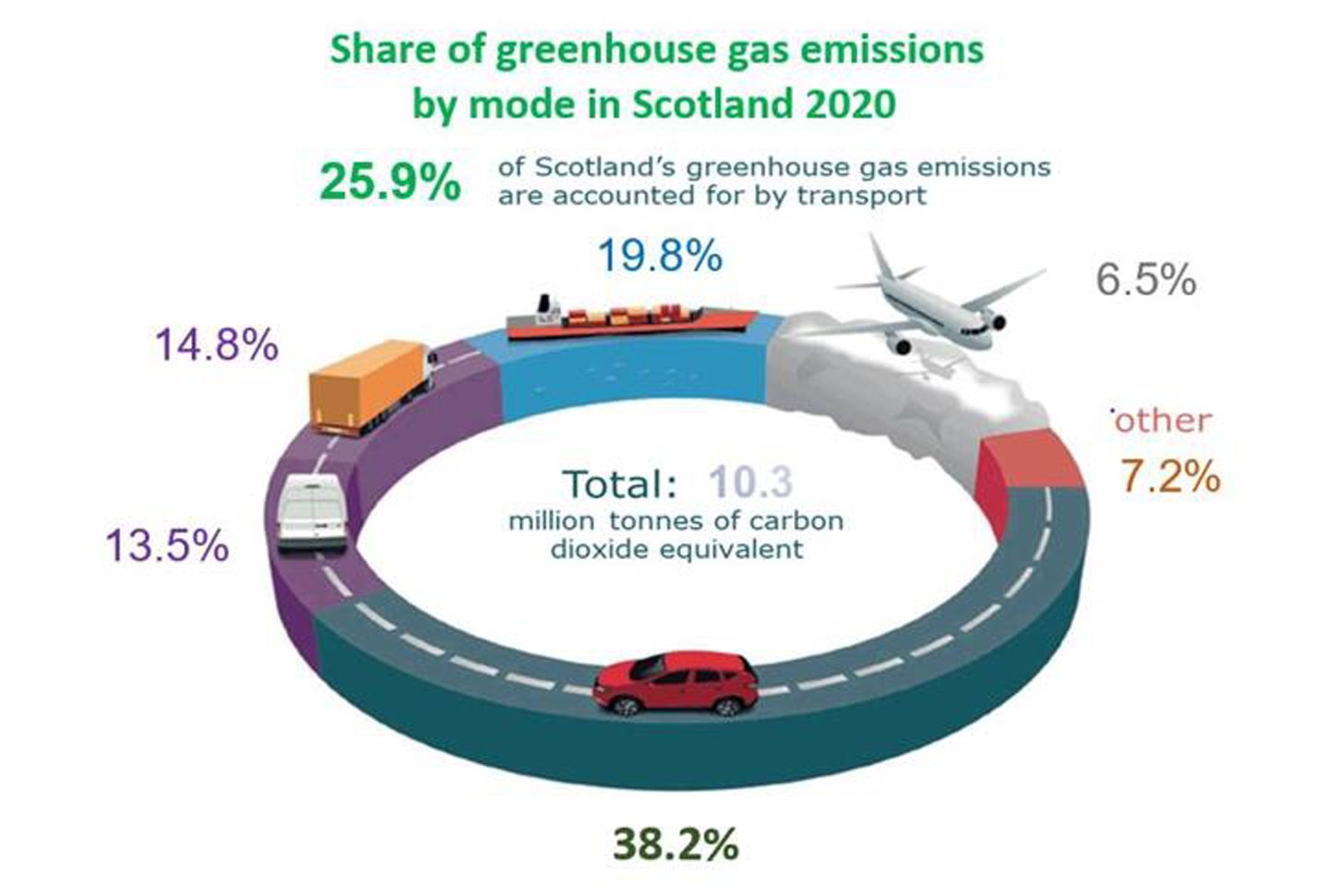

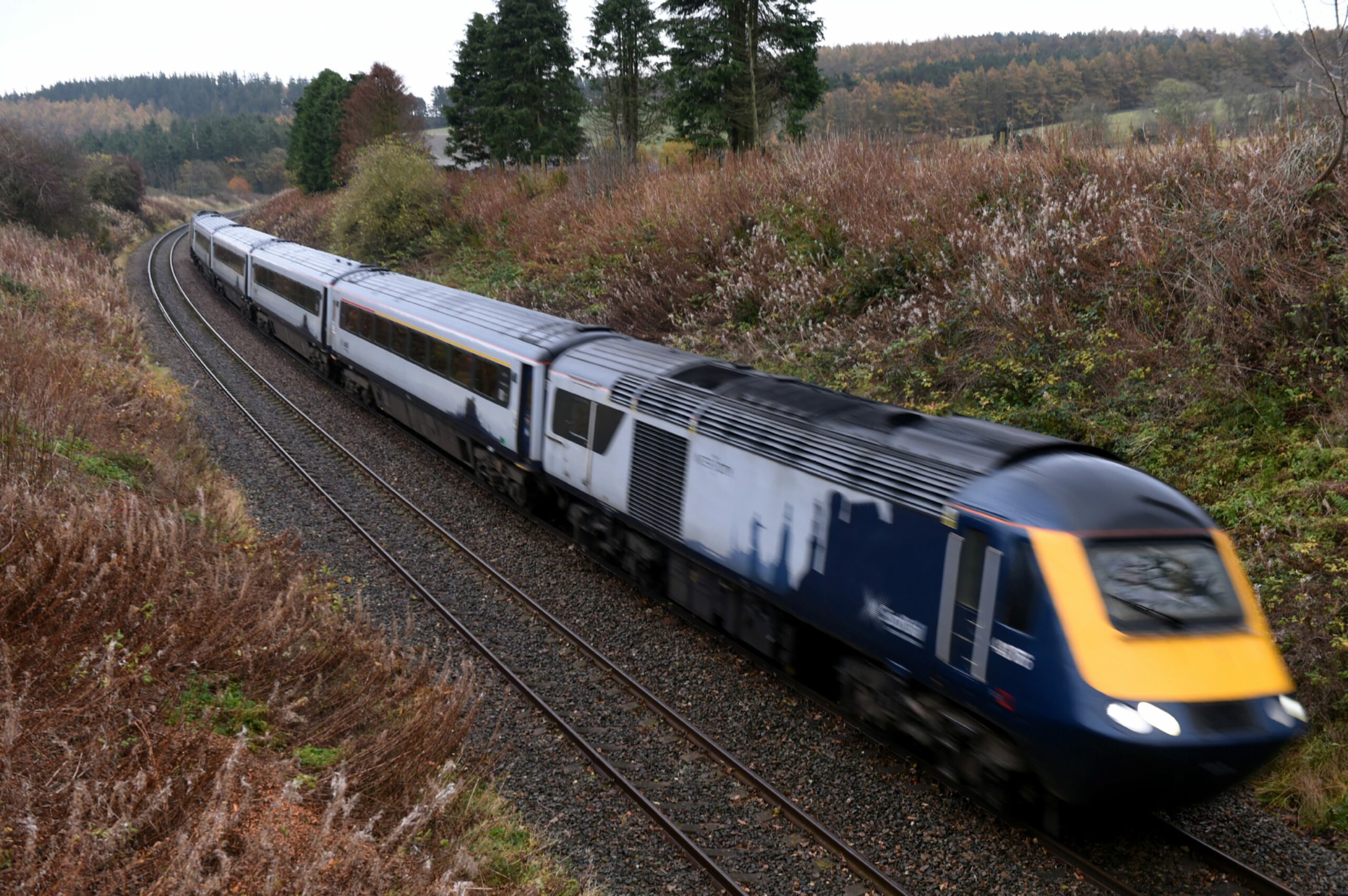
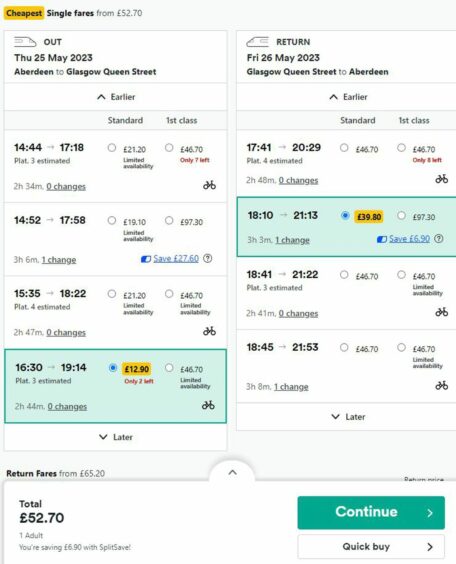

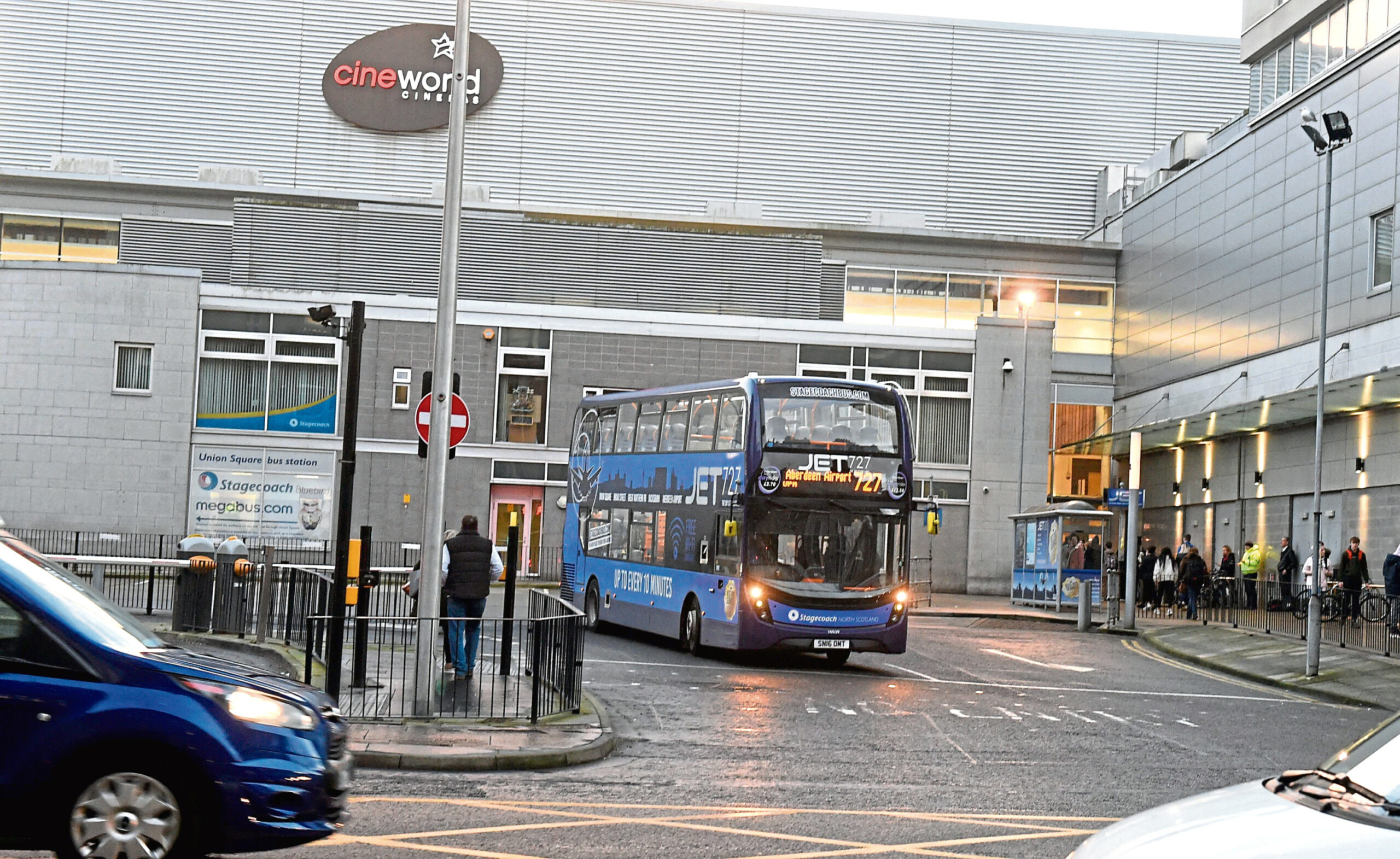

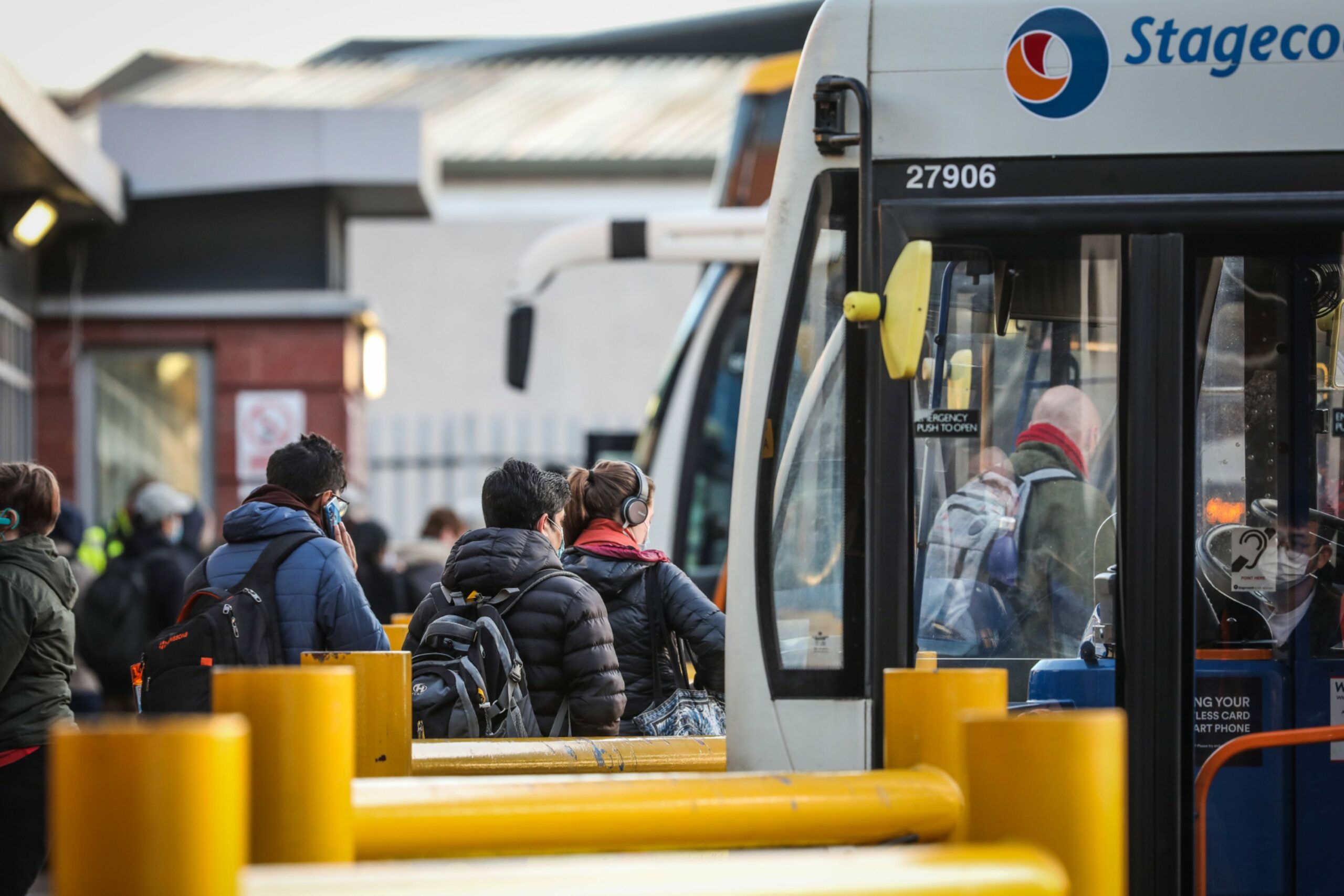
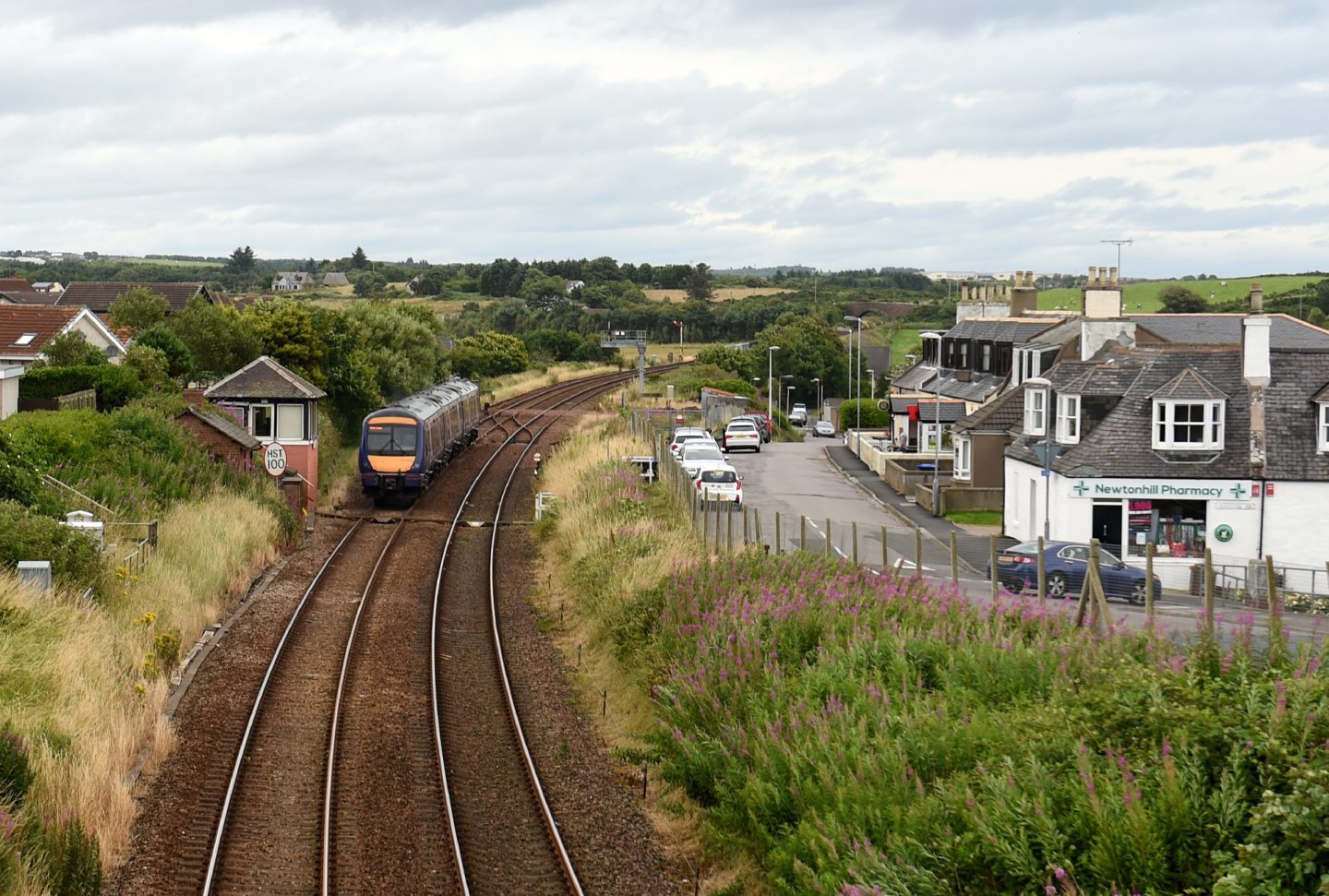

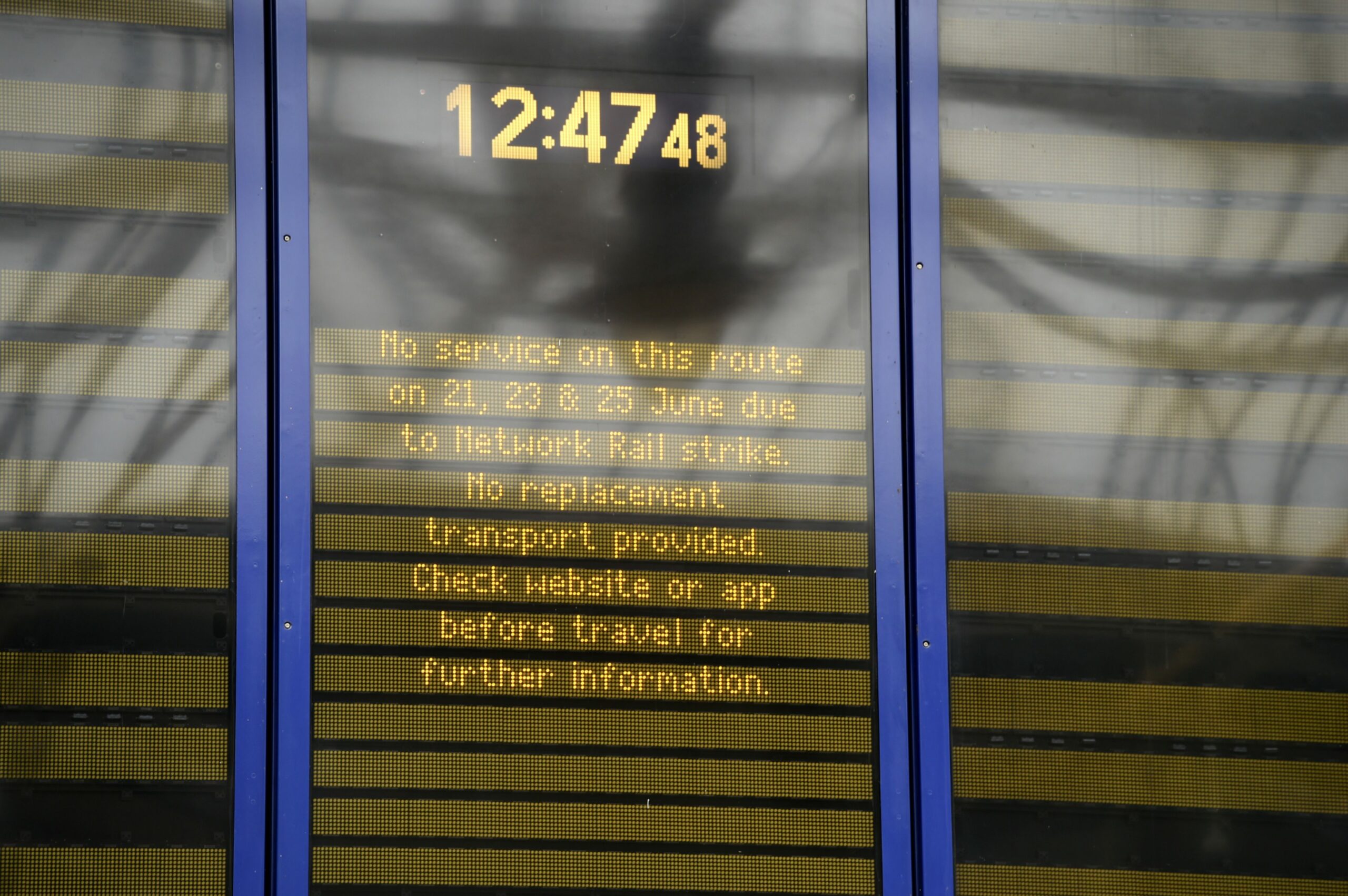
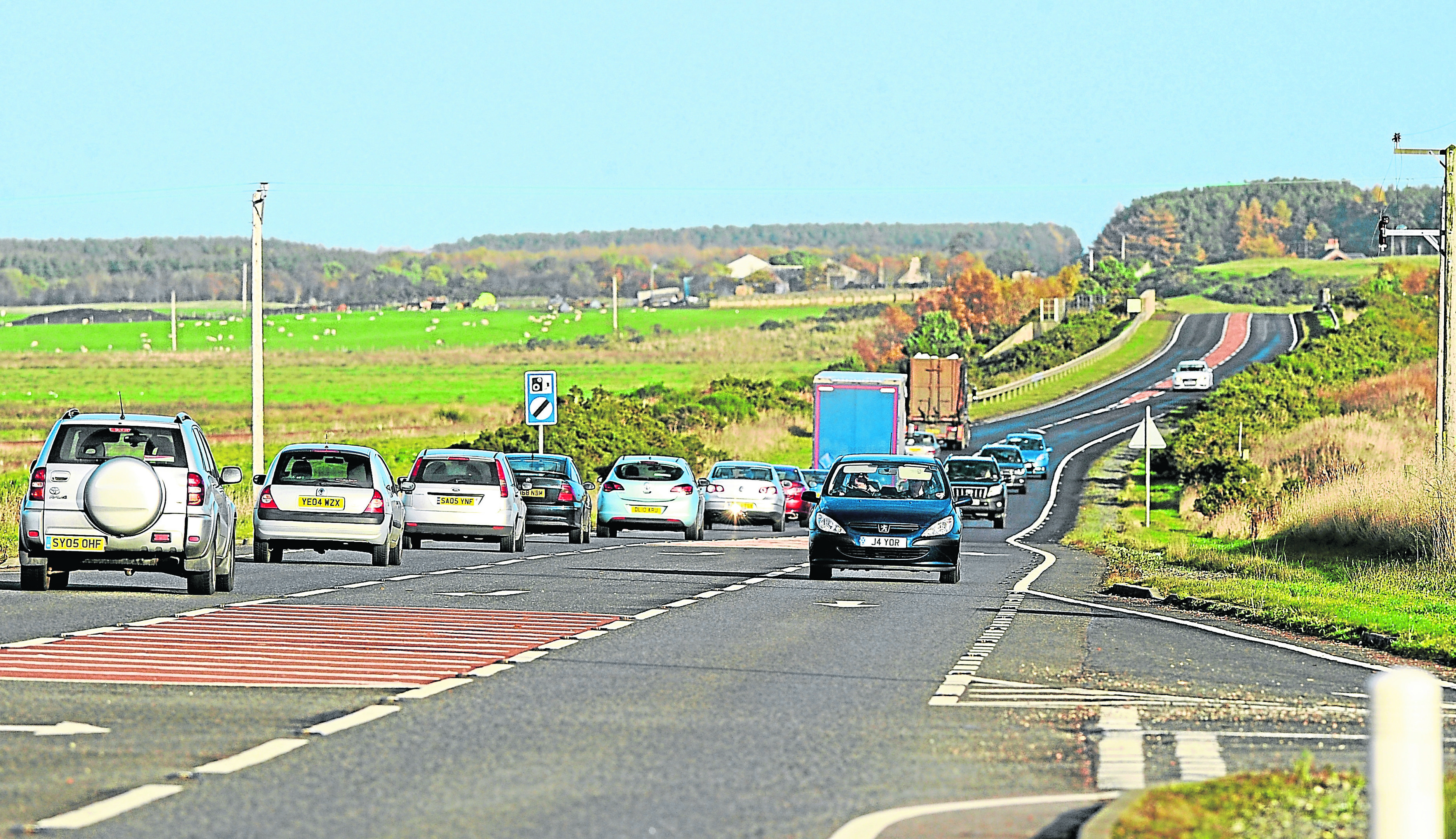
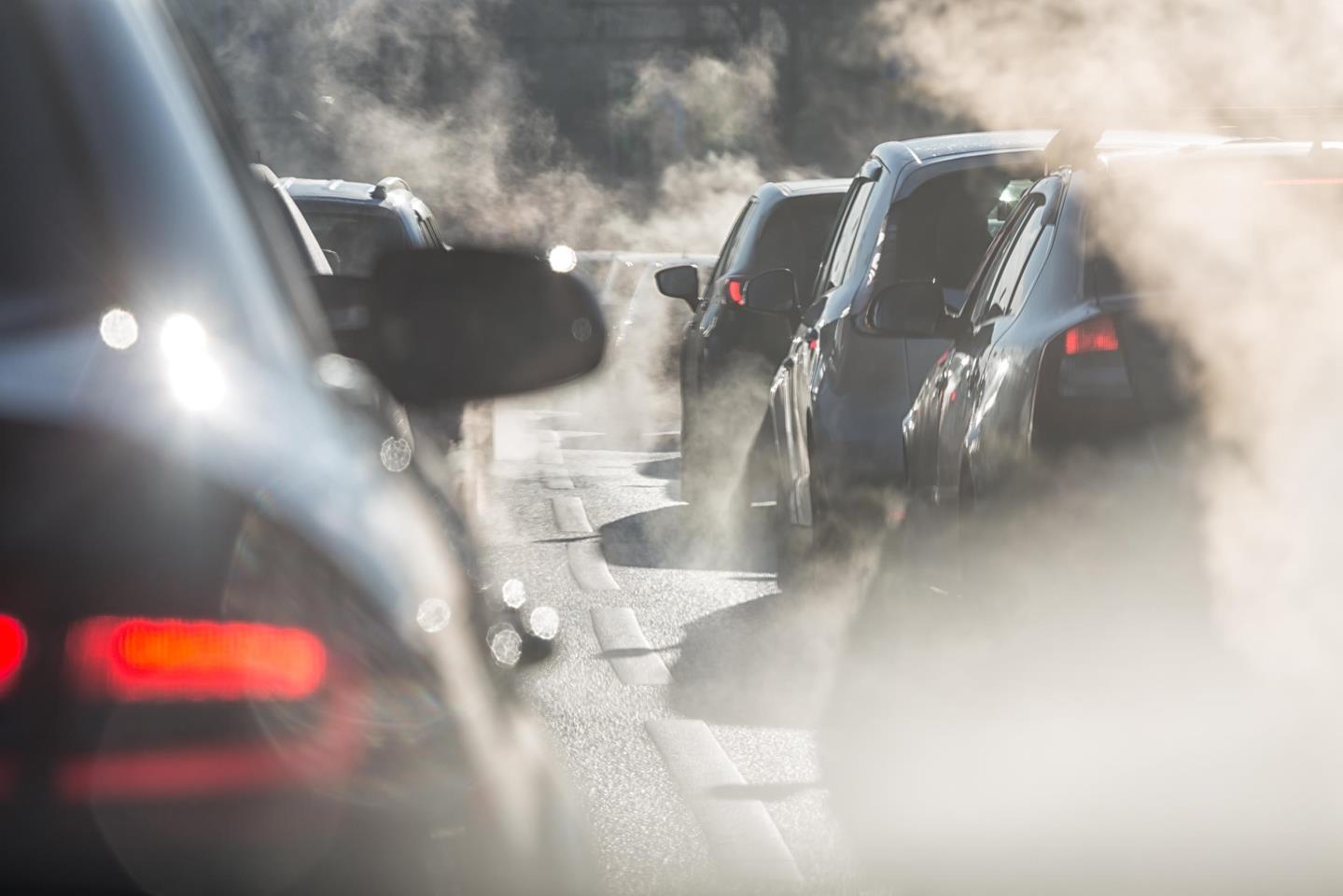
Conversation